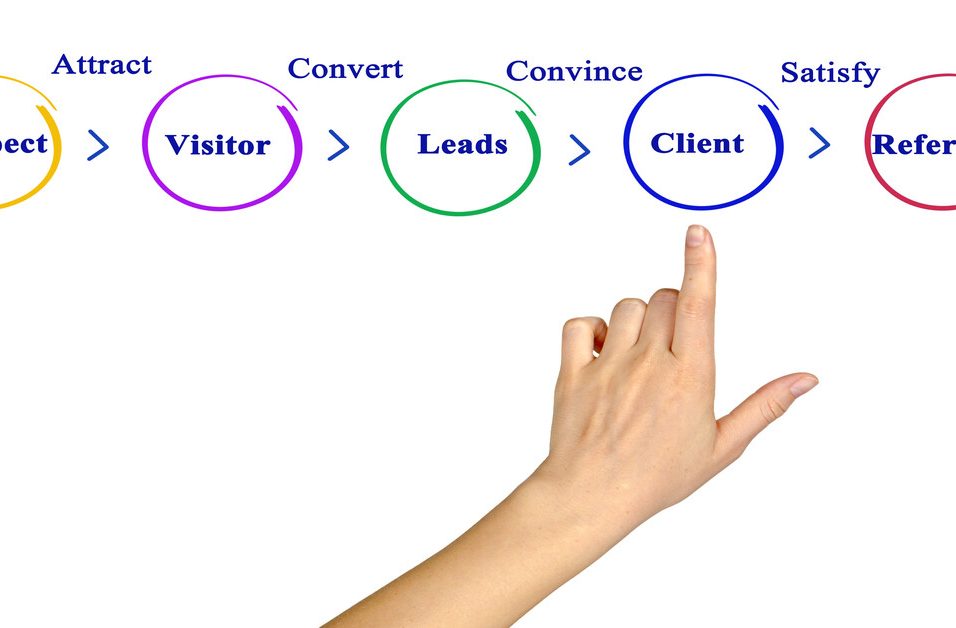How Does User Experience Impact Your E-commerce Conversions?
In an ever competitive world of eCommerce, business enterprises are always fighting to enhance their conversion rates. Although there are numerous reasons that lead to an effective online store, there is a core component, which can be pointed out user experience (UX). The user experience of a given site can have a great impact on their decision to make purchases. The good user experience will not only improve the level of customer satisfaction, but it will also lead to conversion, resulting in sales and customer loyalty. This article examines the tremendous significance of user experience on eCommerce conversions and provides viable suggestions on how to enhance UX.
The art of User Experience in eCommerce
User experience is all that a user has to deal with in a web site which includes design, usability, accessibility and general satisfaction. The UX is especially important in eCommerce, as it may make or break the choices of the visitor making a purchase or dropping their shopping cart. The smooth, smooth user experience builds trust and convinces people to make a purchase, and the frustrating user experience may result in bouncing and cart abandonment.
The Significance of User Experience
First Impressions Count: It has been found that users have an opinion about a particular site within a few milliseconds of arriving on it. A beautiful and well structured site makes the first impression good and thus the user will want to look at what is in the site further.
Less Bounces: A properly designed user experience will ensure that the visitor is not kept away. Users are likely to abandon the site soon in case they find it difficult to navigate or locate information. To enhance conversion rates, we need to reduce the bounce rates.
Growth in Customer Loyalty: Customer loyalty is built up by positive experience. Customers become more inclined to come back to a purchase and refer other people to the site when they receive a pleasant and positive shopping experience.
Increased Conversion Rates: In the end, the process of eCommerce is to ensure that visitors are converted to paying customers. The conversion rates may be greatly boosted with the help of a properly optimized user experience that will direct the customers to follow the process of making purchases with relative ease.
Important Components of User Experience in eCommerce
eCommerce companies are advised to put emphasis on various factors in order to improve user experience and generate a conversion:
1. Web site Design and Appeal
Your users will have visual appeal to your site which is important in their experience. A good design that fits your brand name can be used to generate a welcoming environment. Take into consideration the following design principles:
- Consistency: It is important to use the same colors, fonts, and images all over your site to have a unified appearance. Such uniformity will contribute in creating brand awareness and confidence.
- Clarity: Have a clean design which is not cluttered. The hierarchy enables a user to have what s/he wants at a short time.
- Mobile Responsiveness: As more consumers shop online via their mobile gadgets, then it is important to make your site mobile friendly. A responsive design is one that is modular and can be adapted to various sizes of screens to offer a continuous experience across devices.
2. Intuitive Navigation
The element of navigation is very important. Products and information should easily be located by the users. The following are some navigation optimization tips:
- Clear Menus: The menu should have descriptive labels, with menus arranged in logical categories. The menu should be properly designed so that the users can move around your site without difficulties.
- Search Functionality: install powerful search capabilities enabling the user to locate a particular product within a short time. It is possible to add filters and sorting options to improve search.
- Breadcrumbs: Breadcrumb navigation provides the user with the path through the site structure, as well as it helps to follow their path back or to choose other related groups.
3. Fast Loading Times
The speed of the website is a factor of crucial importance when it comes to the user experience. Research has revealed that even a delay of a few seconds may increase bounce rates. To improve loading times:
- Optimize Images: Image compressor is used to minimize file sizes without losing quality. When the images are huge they may drag the page loading a lot.
- Keep HTTP Requests to a Minimum: Limit elements on your page (scripts, stylesheets etc.) to favorable loading times.
- Browser Caching Leverage: Browser caching should be used to cache resources that are regularly visited, and then load them faster on subsequent visits.
4. Efficient Checkout
The checkout process is a very critical part of the customer journey and may contribute to conversions in a significant manner. A complex or a long checkout process may cause cart abandonment. In order to maximize the check out experience:
- Guest Checkout Option: This will enable users to buy without creating an account. This lowers resistance and makes it more convenient and faster.
- Reduce Form Fields: Request only necessary information when making a checkout. The fewer the fields that users would have to fill out, the higher probability they will make their purchase.
- Clarity of the Progress Indicators: Utilize progress indicators to indicate to the user the level to which they have reached in the checkout process. Such openness contributes to less anxiety and gives motivation to completion.
5. Trust Signals
Trust is a key to success in eCommerce. The user should be satisfied with the choice of his purchase. The following trust signals may be considered:
- Customer Reviews and Testimonials: Placing reviews and testimonials of past customers will also increase credibility and convince the customer about the quality of your products.
- Security Badges: Emphasize security, like badges of the security of the work with the use of the SSL certificates, so that the fans of the site will see that their data is not at risk.
- Clear Return Policies: Have your policies on returns and refunds plainly displayed so as to assure your customer that they need not be afraid of possible future problems after buying.
Conclusion
The user experience is a very important factor that largely influences eCommerce conversions. With proper attention to the design of the websites, the ease of navigation, quick delivery of the web pages, a simplified check out system and the establishment of trust, eCommerce companies can provide a good experience that will compel their customers to fulfill their shopping needs. With the ever increasing competition in the online market, user experience will be a crucial factor in businesses that want to succeed and realize sustainable growth.
User experience investment does not simply increase customer satisfaction but also generates revenues and creates customer loyalty in the long term. The continual consideration of the user experience and optimization of it enables eCommerce business people to place themselves in a successful position in the constantly changing digital world.
(FAQs)
1. What can be done to enhance the user experience in my eCommerce site?
User experience should be enhanced by focusing on such aspects as the design of the web site, easy navigation, short response time, and smooth checkout. Periodically collect feedback about the users and research performance indicators to see what needs to be better.
2. Are customer reviews useful in the user experience?
Customer reviews are also important in improving user experience through the establishment of trust and credibility. Good reviews will make potential customers confident that your products are of good quality, which will result in a gain of confidence and increase in the conversion rates.





Leave feedback about this